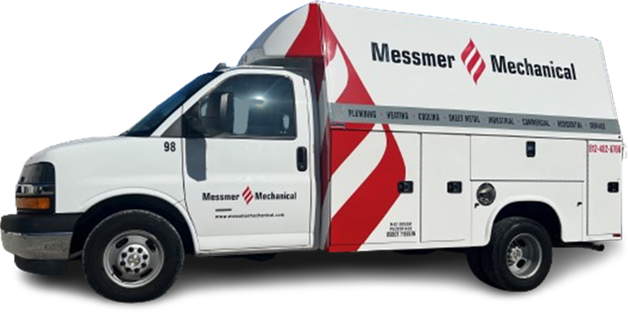No matter how spotless you keep your home, no matter how often you dust, sweep, and vacuum, you will never be able to completely get rid of dust mites.
These microscopic creatures inhabit every home on every continent, except Antarctica. They especially love warm, humid places with an ideal temperature of 70 degrees F or more, and humidity levels over 50%. What’s more, dust mites feast off dry flakes of human skin and pet dander.
Dust mites are essentially harmless unless, of course, you or a member of your household is allergic to the protein produced within their bodies and waste.
In which case, taking steps to lessen your exposure and reduce the amount of dust mites that inhabit your home can make a significant difference in alleviating your symptoms.
- Keep indoor humidity levels below 50%. Use vent fans while cooking and bathing to remove moisture from the air, and add a dehumidifier if needed. Open windows regularly to air out your home.

- Keep your HVAC system running efficiently by cleaning or replacing the air filter once a month.
- Since a large percentage of dust mites are found in bedrooms, consider replacing wall-to-wall carpet with tile, wood, or other hard flooring options. Wash bed linens in hot water once a week, and use mite-proof pillow and mattress covers.
- When dusting, use a damp cloth or rag to pick up more dust. Dry dusters do nothing more than stir dust around.
- Limit the amount of stuffed animals and soft toys your children keep in their bedrooms. These are dust magnets.
- Vacuum carpets, sofas and upholstered chairs at least once a week with a vacuum that contains a HEPA filter. And keep your vacuum working efficiently and effectively by cleaning or replacing its filter often.
- Dust window blinds with a wet duster regularly and wash fabric window coverings at least once a season.
- Store off-season clothing in zippered bags or tight-closing plastic containers.
Here at Messmer Mechanical, we can help you keep your dust mite population under control with a whole-house air filtration system, one that’s installed inside and ductwork and traps dust – along with other airborne pollutants – before they can reach your living spaces and your lungs. Contact us today for more information or to schedule an in-home air quality analysis.




